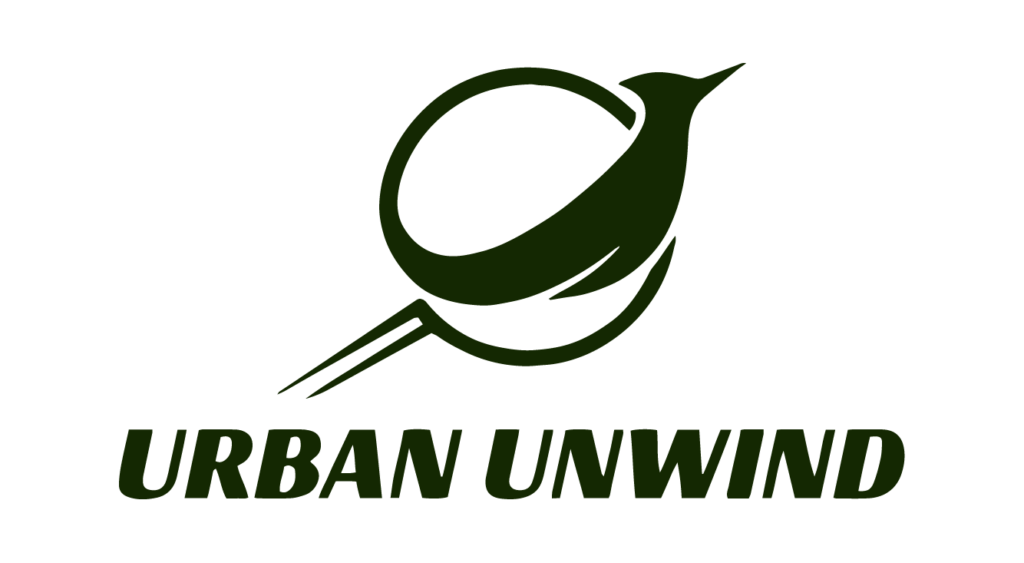Edit Content

Our Contacts
Hours And Scheduling
- Tuesday 10:00 am - 06:00 pm
- Wednesday 10:00 am - 06:00 pm
- Thursday 10:00 am - 06:00 pm
- Friday 09:00 am - 02:00 pm
- Saturday 10:00 am - 6:00 pm

This form of stretching involves passive stretching techniques, where the person being stretched relaxes while the Massage Therapist helps move their body into various positions to target specific muscles or muscle groups.


Assisted stretching can benefit a wide range of individuals, but whether it suits you depends on various factors. Here are some considerations:
Appointment
Nestled in the heart of Norman, OK, Urban Unwind beckons as a tranquil oasis dedicated to revitalizing the mind, body, and spirit.
Urban Unwind Massage Studio.
Copyright © Urban Unwind Massage Studio . All rights reserved.